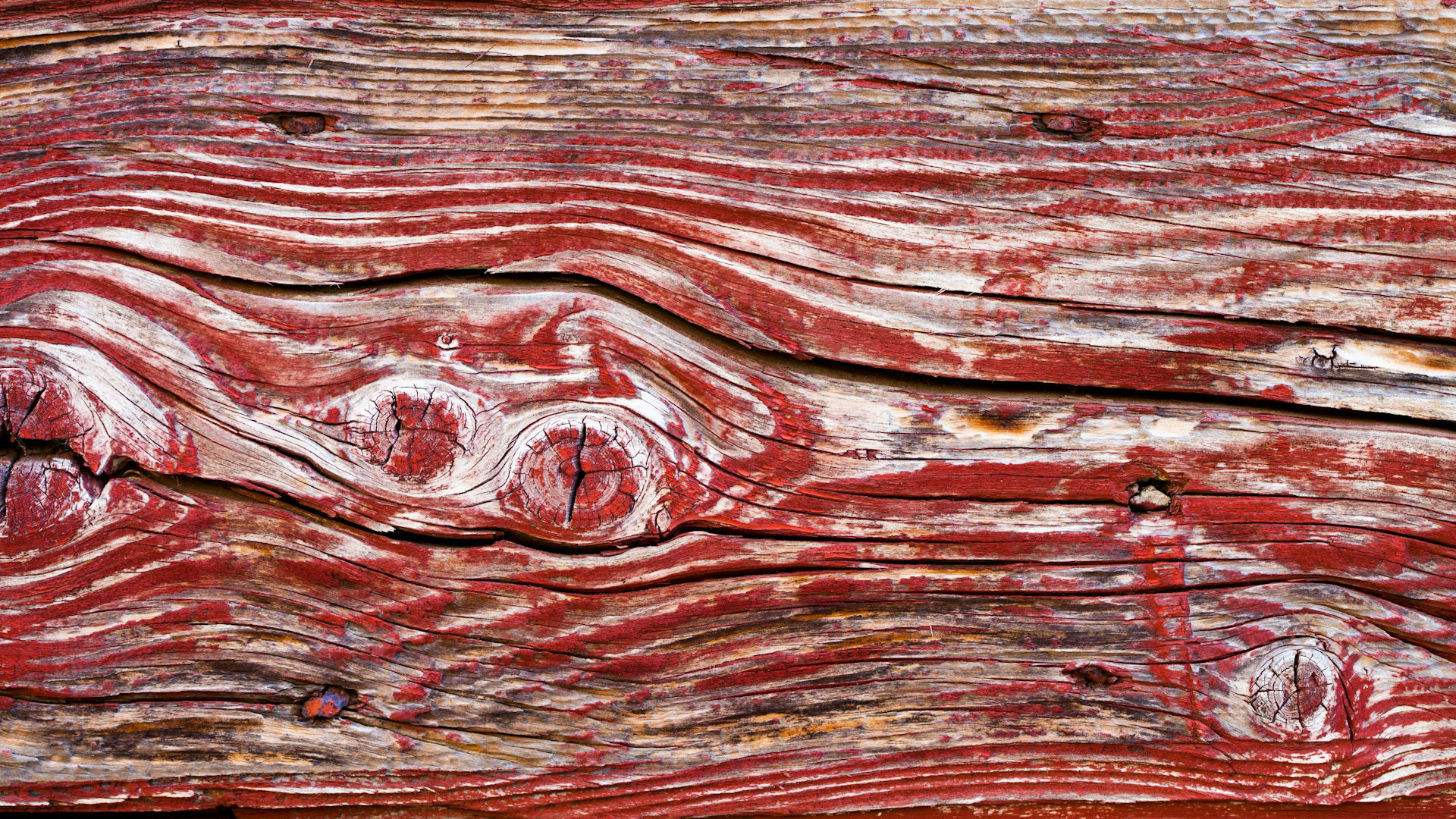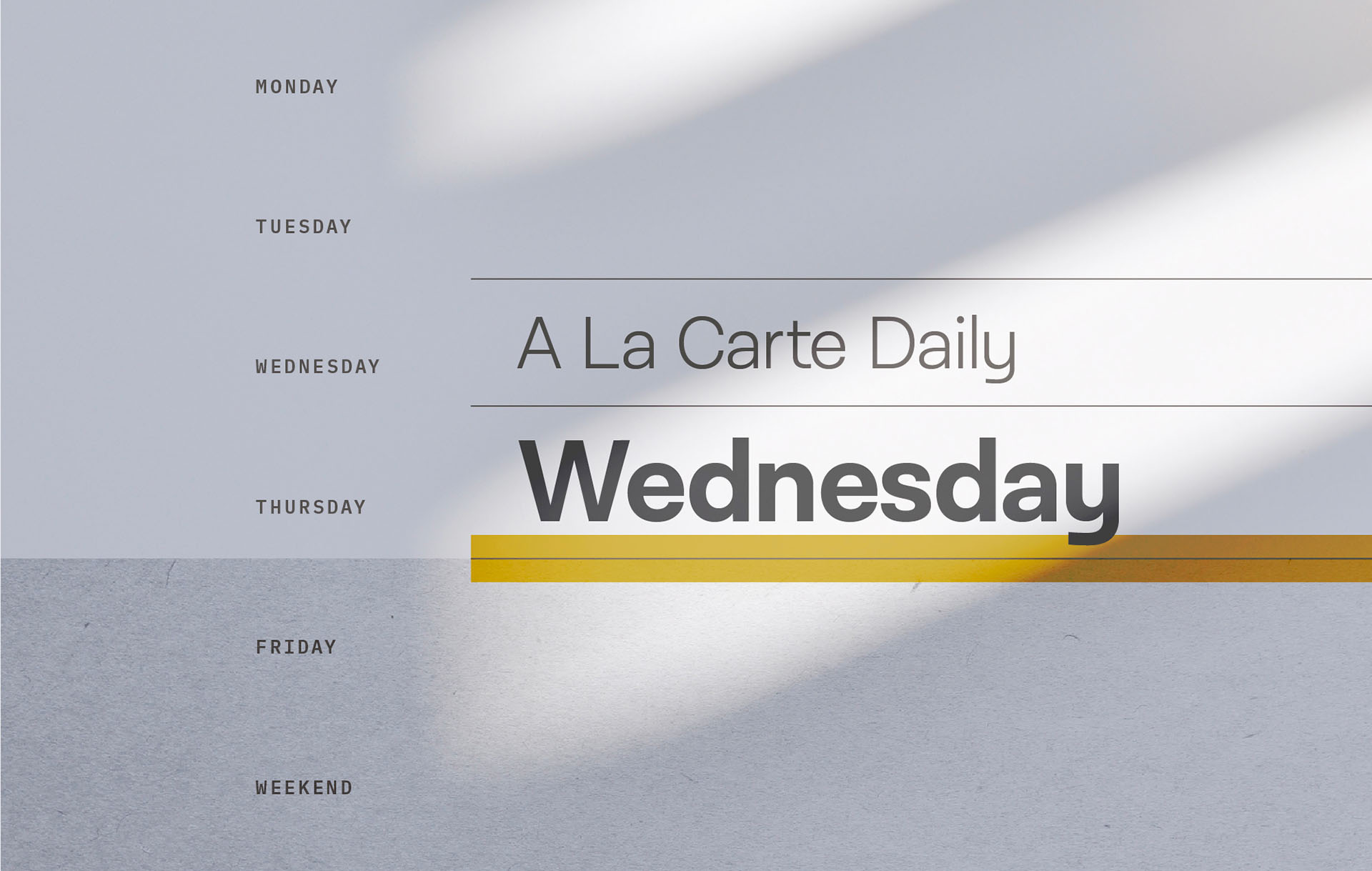Declining Participation in Atlixco's Good Friday Tradition Reflects Broader Shift in Catholic Faith

ATLIXCO, Mexico (AP) Every year, during the solemn observance of Good Friday, the picturesque streets of Atlixco, a central Mexican town, come alive with a striking ritual that has become a hallmark of the local Catholic tradition. As the sun blazes down, crowds gather to witness a poignant spectacle that embodies both penance and cultural heritage.
In this unique ceremony, groups of half-naked men, blindfolded to symbolize their spiritual journey, make their way through the sweltering streets. Each participant struggles under the weight of 70-pound chains and endures the sharp pain of cactus spines embedded in their arms and legs. This arduous display serves as a profound method of expressing remorse and seeking forgiveness for their sins, a reflection of the deeply rooted Catholic beliefs that have been part of Atlixco's identity for generations.
However, this year, the striking tradition appears to be fading. Once a vibrant event that attracted over 100 participants, the number has dwindled sharply to just 35. This decline mirrors a broader trend across Mexico, where the number of individuals identifying as Catholic has seen a significant decrease in recent years.
According to data from Mexico's 2020 census, the percentage of Mexicans who consider themselves Catholic has plummeted from over 90% in 1990 to approximately 78% today. This shift is particularly pronounced among younger generations, who are reportedly drifting away from traditional religious practices that they find increasingly burdensome.
Community members and event organizers attribute this decline to a loss of faith among the youth, who often perceive the physical demands of the ritual as too challenging. Vicente Valbuena, a 68-year-old businessman from Atlixco, commented on the changing landscape of belief, stating, Young people, theyre losing their faith. Also, the physical toll is pretty tough. His words resonate with the sentiment of many in the community who worry that the essence of their cultural and religious traditions may soon fade away.
As the festival nears, the community is faced with a critical question: How can they rejuvenate interest in such a significant aspect of their cultural identity? It remains to be seen if newer generations will find a way to connect with their heritage and perhaps adapt these poignant practices for the modern age.
















